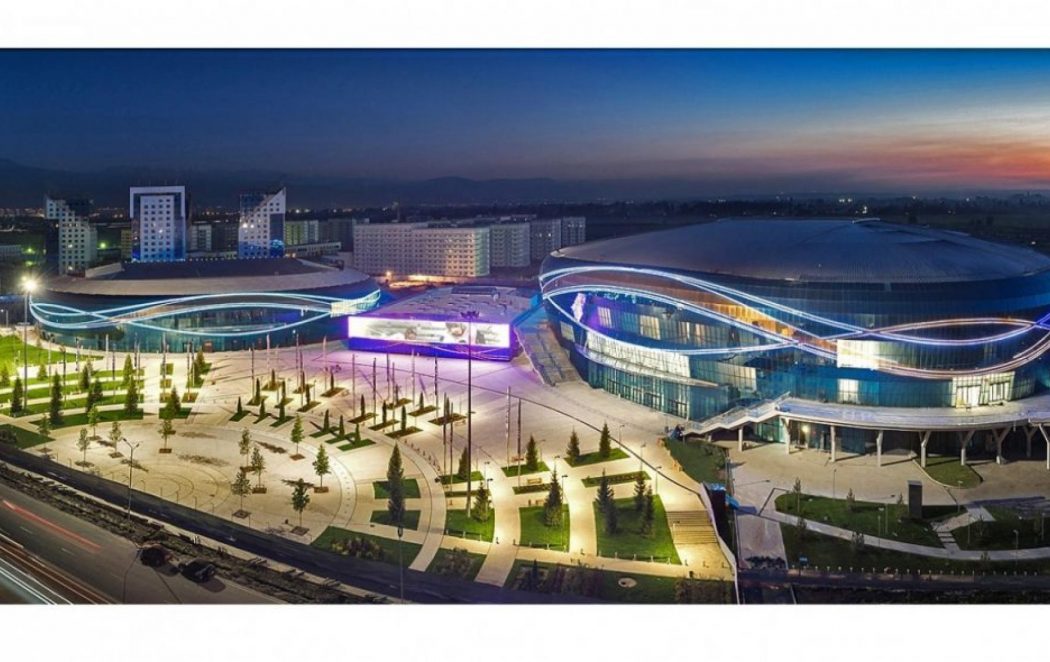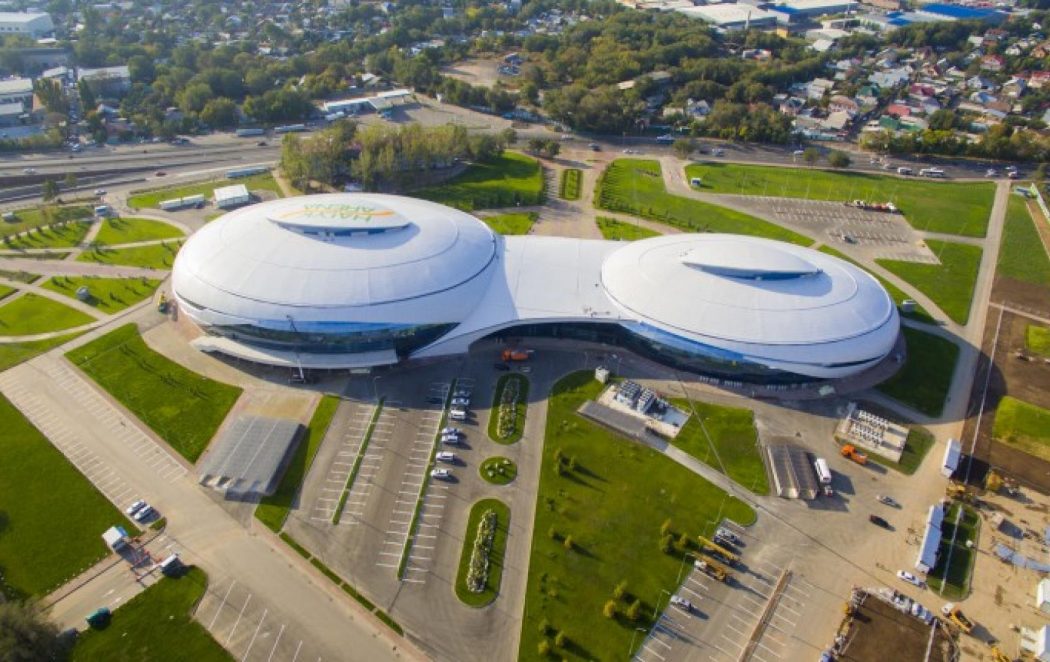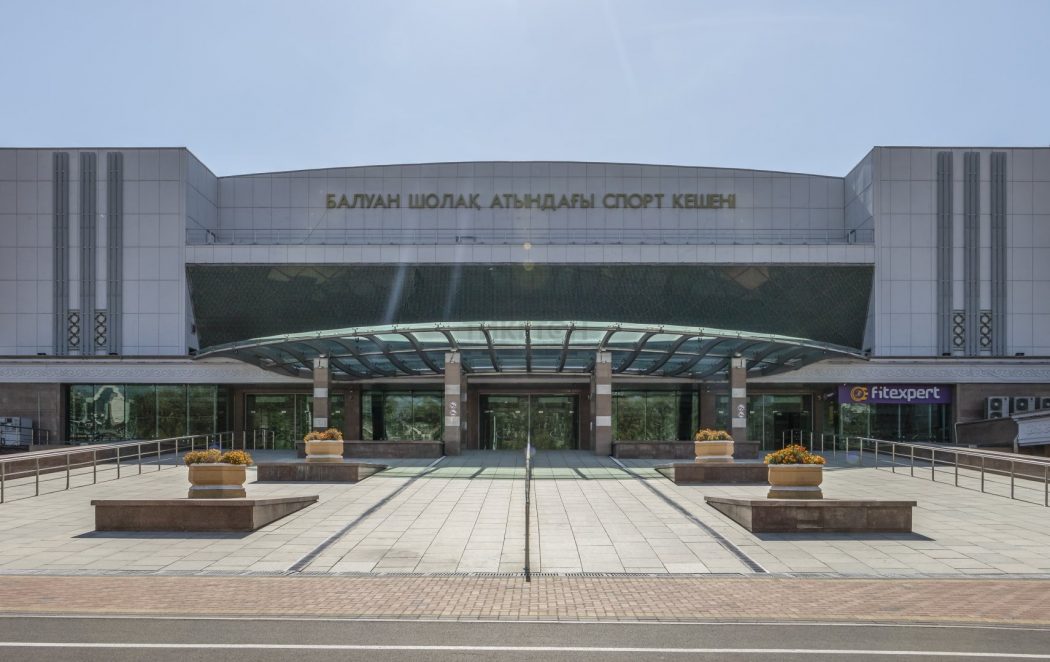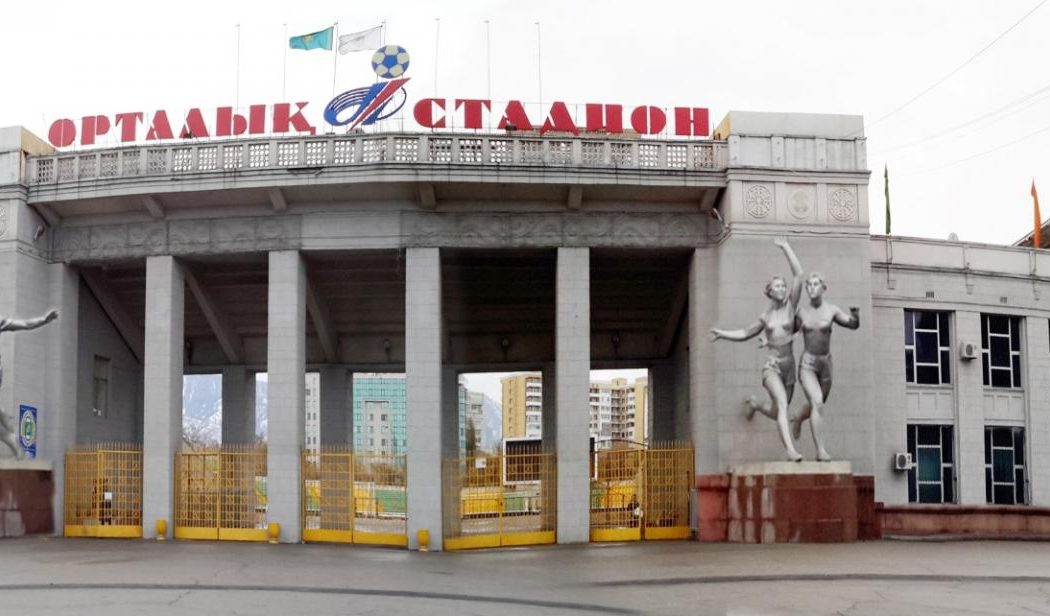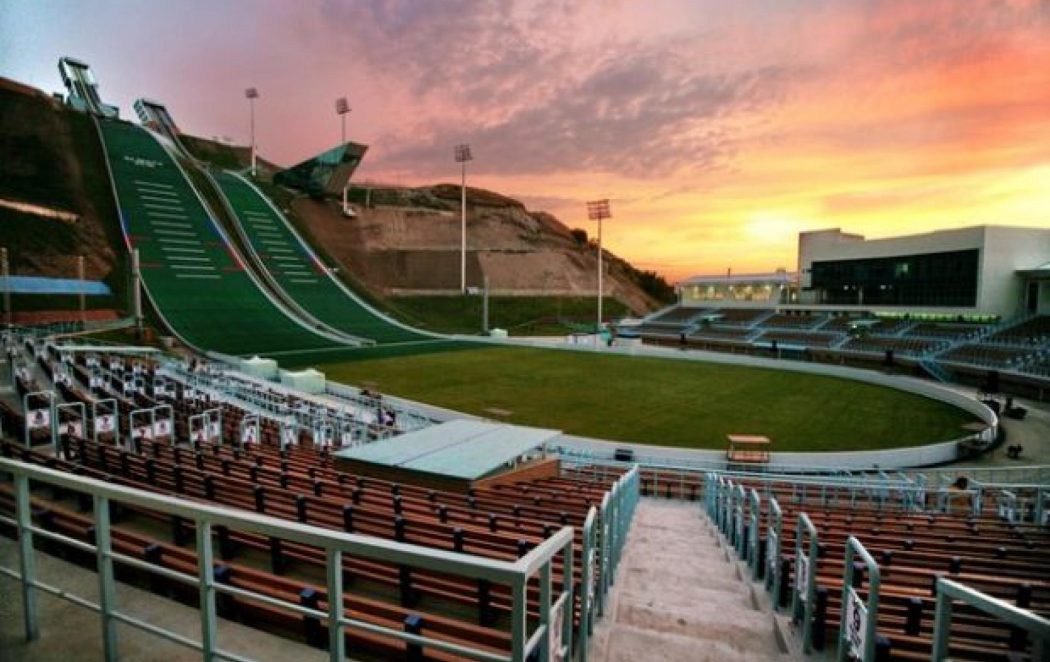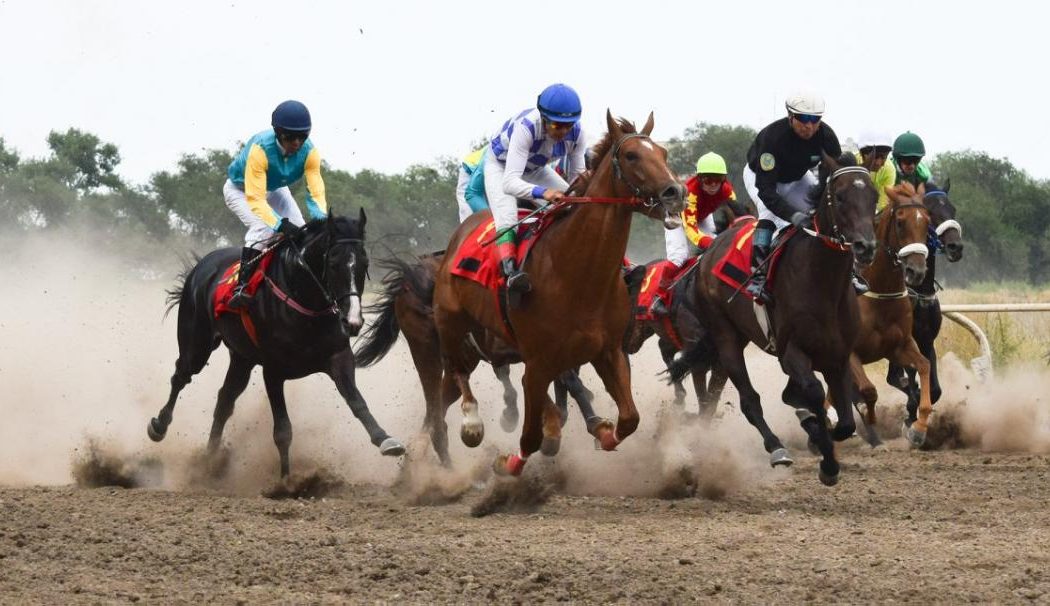The history of the stadium is directly related to the history of Alma-Ata football, in the formation of which the Dynamo football club, founded in the mid-30s of the last century, played a major role. The foundation of the club happened no later than 1936 and was part of the Dynamo sports society. Based on this society in those years, many teams were formed in the cities of the Soviet Union. In 1936, Dynamo won the Cup of the Kazakh SSR, and in the next 1937 championship of the Kazakh SSR. In the same 1937, the first performance of the Kazakhstan club in the USSR championship took place. Alma-Ata Dynamo, speaking in the group “Cities of the East” of the Third USSR Championship, takes third place in it. In 1940, Dynamo made a splash, becoming the first ever USSR Cup winner among physical education teams (2100 teams representing 312 cities of the country). In 1954, the Kairat club was created because of Dynamo, and the name Dynamo itself disappeared from the football map of the city for many years until 1993. After independence of Kazakhstan, the club was revived in 1993 and in the same year, having played one season in the championship of Kazakhstan, was disbanded. Dynamo Sports Society in Alma-Ata was created with the goal of physically improving the KGB, police, firefighters, and Red Army soldiers. On this wave in 1931 the Dynamo stadium was erected. In those distant years, the Dynamo Almaty repeatedly won the championship of Central Asia and Kazakhstan, reached the fourth quarter of the final of the USSR Cup among the teams of the Major League and was loved by fans of Kazakhstan. In 1946, for the merits in the football championships in the republics of Central Asia and Kazakhstan, the Dynamo team was included in the draw of the championship of the Soviet Union in class “B”. Moreover, it is Dynamo that is the progenitor of the most popular club of Kazakhstan since the USSR – the Alma-Ata Club Kairat. Dynamo has one large tribune with wooden benches, a soccer field with natural grass and a track for running around it, a tribune room with locker rooms and administrative rooms, several sports equipment and large lighting masts – 4 pieces. Today, the stadium hosts many city and state football and athletics competitions. Also in the stadium, police officers conduct physical training lessons.


